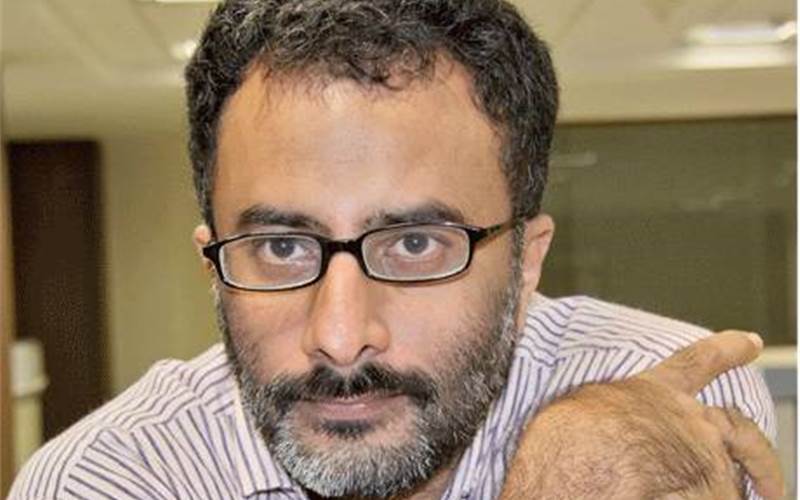Mad about books
This winter whilst driving around Konkan coast, things are picture post-cardish and pretty. Seeking a break, I came across a vachnalaya (community library).
09 Jul 2014 | By Ramu Ramanathan
By the look of it, the movement is floundering. The collection of books is good but there were very few new releases. More importantly, there were a handful of readers. As the local said "what was once a vibrant tradition has declined. Young people are not interested in reading. They have not heard of the doyens of the Marathi literary movement, Ram Patwardhan, Durga Bhagwat, Shri Pu Bhagwat.
Vachnalayas sprung into existence post-independence. This was primarily due to the far-sightedness of Maharashtra's intellectuals, academicians, and social workers. The vachnalayas stocked books, fiction and non-fiction, children's books, magazines, newspapers in an attempt to initiate a grass-root level book movement in the state.
Besides reading, there's also the problem of funding. The local bodies and state government which are instrumental in financing these vachnalayas have other priorities. Yes, there's the occasional funding from patrons and organisations. One town was in the news because of a donation made by the managing director of a MNC.
But this is not enough.
Librarynamah
This is a good time to talk about vachnalayas when the Dadar Sarvajanik Vachnalaya has completed 100 years. Set up by Mahadev Ganesh Gore in August 1907, it's perhaps one of those rare centers which got its tomes digitised in 1996.
Another favourite is: the grande olde, Asiatic Library. That's where I befriended the scholar Virchand Dharamsey during the research of 3 Sakina Manzil.
Dharamseybhai's tryst with the Asiatic Library began in 1965, as the journals helped him in his research. In those days, he would be at the library, daily. The library has a superb collection and a 200-year-old tradition, plus 2,200 members and 2.5 lakh books.
Dharamseybhai rattles out stats. David Sassoon Library. 150 years. 2,500 members. 40,000 books. And the 103-year-old J N Petit Library and Reading Room (perhaps Asia's largest). 1.3 lakh books.
Anjuman-e-Islam's Urdu Research Institute Library near CST. 335 members. 70,000 books. It was the haunt of Ali Sardar Jaffri and Kaifi Azmi. This institute hob nobs with libraries like Hindustani Prachar Sabha (Marine Lines).
On cue, you're off on another treasure hunt. You discover Saifee Book Agency which is rated as the best among Urdu book stores and publishers. This is near Shalimar, which is near J J Hospital. Then there is Maktabe Jamia at J J where you procure Urdu magazines and books.
A friend who used to render lyrics for the progressive film-makers of the seventies, points to an old copy of Nava-e-Adab. Its a quarterly literary magazine which was the nav-ratna among Urdu literateurs.
The Great Mumbai Publisher
Yashodhar Modi manages the Hindi Granth Ratnakar (also knows as Hindi Granth Pustakalaya).
This is located in Girgaum, Khattar Galli.
The Hindi Granth Pustakalya mega-board welcomes you. It's a world of words, of wisdom. A literary world of which Pandit Nathuram Premji was part of. He schooled in Devari village. A money crunch got him to Mumbai in 1901. Once here, he was a clerk but his literary power created ripples among the literary patrons of Mumbai. In 1932, Hindi Granth Ratnakar was born. On cue, it was publishing the works of Munshi Premchand, Pandit Motichand, Pandit Sudarshan, Mahavir Prasad Dwivedi (his translation of Abraham Lincoln's Liberty (Swantrata) was the first book published by this house).
Today, his son Manish attempts to uphold, ideals. A researcher of Indology at Mumbai University, he left his diamond business in Dubai to assist his father.
The point is, words are at a peril and need to be given special protection. This is a tough, thankless job. It cannot be done callously, or with disrespect. Till such time, one can salute the above, soldiers of words.












 See All
See All